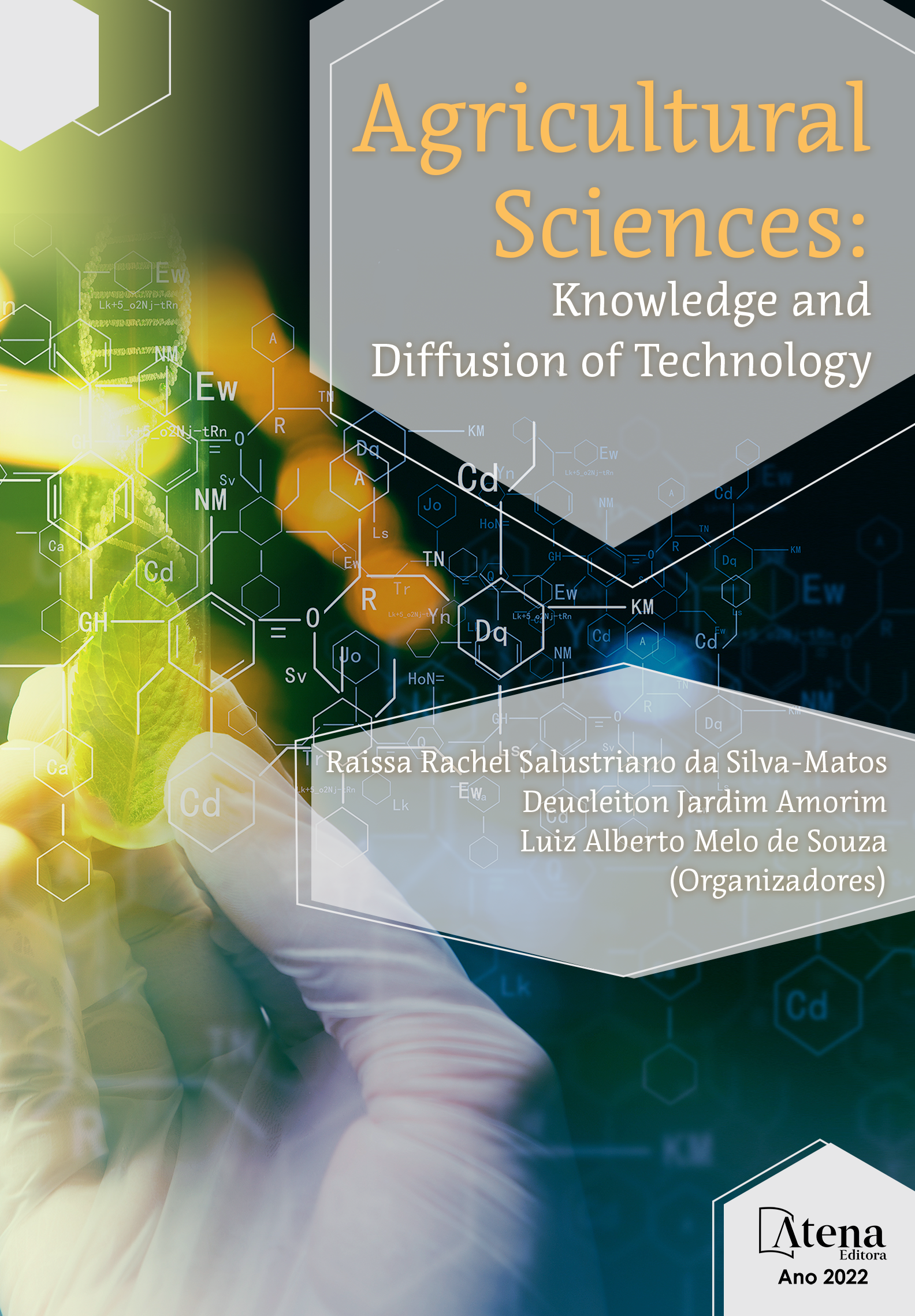
CAULE DECOMPOSTO DE BABAÇU E CAIXA TETRA PAK COMO TECNOLOGIAS ALTERNATIVAS NO DESEMPENHO DE MUDAS DE CARAMBOLEIRAS CULTIVAR ‘B-17’
O custo de produção de mudas de caramboleira é uma das etapas mais caras no sistema de produção. O preço elevado estar associado principalmente ao uso de substrato comercial. Para superar essa limitação, muitos agricultores vêm utilizando substrato regional e tecnologias disponíveis. O objetivo deste trabalho foi avaliar a produção de mudas de caramboleira ‘B-17’ em substrato formulado a base de areia e caule decomposto de babaçu em caixas Tetra Pak. A pesquisa foi realizada em casa de vegetação com 50% de luminosidade. O delineamento experimental foi o inteiramente casualizado, com seis tratamentos, quatro repetições e quatro plantas por parcela. Os tratamentos consistiram em diferentes substratos (S), contendo caule decomposto de babaçu (CDB) e areia, onde: S1 - 100% areia; S2 - 20% CDB + 80% areia; S3 - 40% CDB + 60% areia; S4 - 60% CDB +40% areia; S5 - 80% CDB + 20% areia; S6 - 100% CDB. Utilizou-se caixas Tetra Pak como recipiente de armazenamento de substratos. Os dados foram submetidos à análise de variância, para diagnóstico de efeito significativo, e os tratamentos comparados entre si pelo teste Duncan ao nível de 5% de probabilidade. A utilização de caule decomposto de babaçu acrescido ao solo melhora as condições físicas e químicas do substrato. Diante disso conclui-se de forma direta que o caule decomposto de babaçu acrescido à areia juntamente com o uso de caixas Tetra Pack são uma alternativa interessante para redução de custos na produção de mudas de caramboleira.
CAULE DECOMPOSTO DE BABAÇU E CAIXA TETRA PAK COMO TECNOLOGIAS ALTERNATIVAS NO DESEMPENHO DE MUDAS DE CARAMBOLEIRAS CULTIVAR ‘B-17’
-
DOI: 10.22533/at.ed.2782218024
-
Palavras-chave: Fruticultura. Conservação. Inovação. Sustentabilidade
-
Keywords: Fruit growing. Conservation; Innovation. Sustainability
-
Abstract:
The cost of producing star fruit seedlings is one of the most expensive steps in the production system. The high price is mainly associated with the use of commercial substrate. To overcome this limitation, many farmers have been using regional substrate and available technologies. The objective of this work was to evaluate the production of star fruit tree 'B-17' seedlings in substrate consisting of sand and decomposed babassu stem in Tetra Pak boxes. The research was carried out in a greenhouse with 50% luminosity. The experimental design was completely randomized, with six treatments, four replicates and four plants per plot. The treatments consisted of different substrates (S), containing decomposed babassu stem (DBS) and sand at the following proportions: S1 - 100% sand; S2 - 20% DBS + 80% sand; S3 - 40% DBS + 60% sand; S4 - 60% DBS +40% sand; S5 - 80% DBS + 20% sand; S6 - 100% DBS. Tetra Pak boxes were used as a substrate storage container. The data was submitted to an analysis of variance to determine significant effects, and the treatments were compared to each other by the Duncan test at 5% probability. Adding decomposed babassu stem to the soil improved the physical and chemical conditions of the substrate. Therefore, using decomposed babassu stems along with sand in Tetra Pac boxes is an interesting alternative to reduce costs in the production of star fruit tree seedlings.
-
Número de páginas: 13
- Samuel Ferreira Pontes
- Ana Paula de Almeida Sousa
- Janaiane Ferreira dos Santos
- Gabriela Sousa Melo
- Ramón Yuri Ferreira Pereira
- Raissa Rachel Salustriano da Silva Matos


